Hair ice mystery solved
Under Embargo!
This item is under embargo until 22 July 2015 14:00 CET/CEST.
Please do not distribute this link or report on this story before the embargo lifts.
Did you know that there is a type of ice called hair ice? It is shaped like fine, silky hairs and looks like white candy floss. It grows on the rotten branches of broad-leaf trees during humid winter nights when the air temperature drops slightly below 0°C. A 100-year old theory states that hair ice also needs something else to grow – a fungus – but, until now, no one had managed to confirm this.
A team of scientists (a physicist, a chemist and a biologist) in Germany and Switzerland have now identified the missing ingredient – the fungus Exidiopsis effusa – after performing a series of experiments.
The biologist, Gisela Preuß, studied samples of hair-ice wood under the microscope and discovered that all of them were home to Exidiopsis effusa. If the fungus was missing or its activity stopped by fungicide or hot water, the hair ice would be missing too. The physicist, Christian Mätzler, studied the physical mechanism that makes hair ice grow in such fine strands. He discovered that the shape of the ice is due to the internal structure (rays) of the wood and growth of the fungus, which together prevent the ice from forming large crystals at the wood surface. The chemist, Diana Hofmann, studied the hair ice itself and identified natural substances produced by the fungus – lignin and tannin – that allow the hair ice to keep its hairy shape for a long time.
It took 100 years to confirm the theory because hair ice is rare and hard to spot: it mostly forms during the night, melting when the sun rises. Keep an eye out next time you go for an early morning walk in the woods. If you can find hair ice, you are in for a treat.
Print version
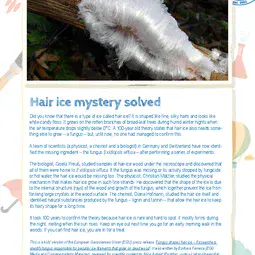
This is a kids' version of the EGU article: 'Fungus shapes hair ice – Researchers identify fungus responsible for peculiar ice filaments that grow on dead wood'. It was written by Bárbara Ferreira (EGU Media and Communications Manager), reviewed for scientific content by Alice Aubert (Postdoc, Justus-Liebig-Universität Gießen, Germany) and Sara McMillan (Assistant Professor, Agricultural & Biological Engineering, Purdue University, US), and for educational content by Katy Hewis (Educational Consultant, Science Matters, UK).
Translations
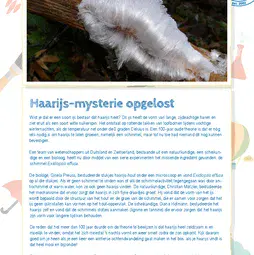
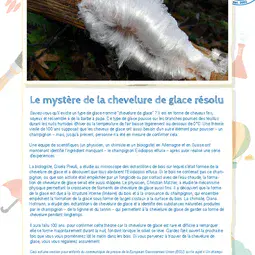
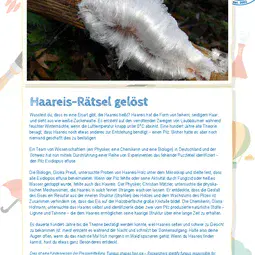
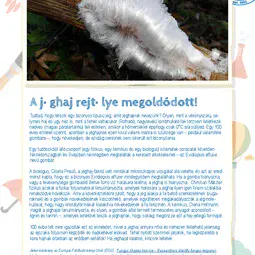
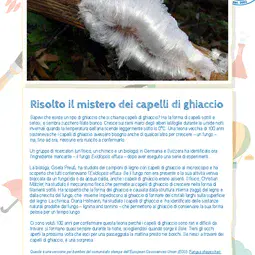
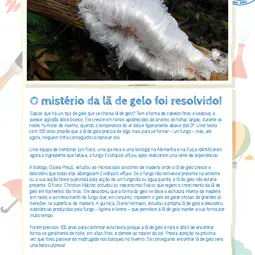
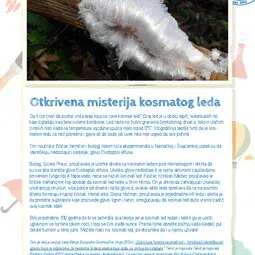
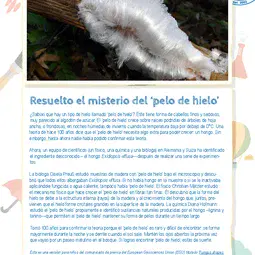
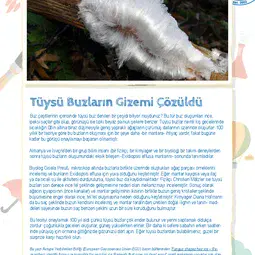
All English-language Planet Press releases are carefully edited, reviewed and proofed, by scientists, educators and EGU staff. Please note that once translated, Planet Press releases receive no further checks from EGU staff. For this reason, we cannot guarantee their accuracy, though we trust the quality of our voluntary translators and are grateful for their work.

